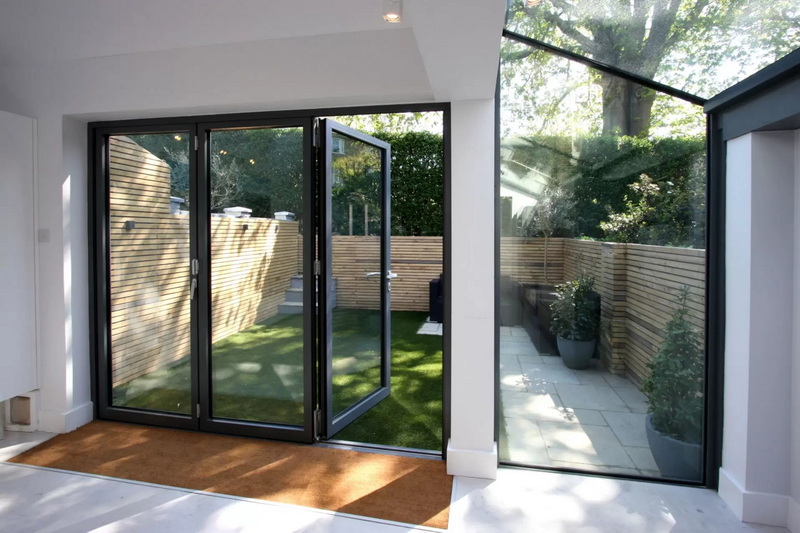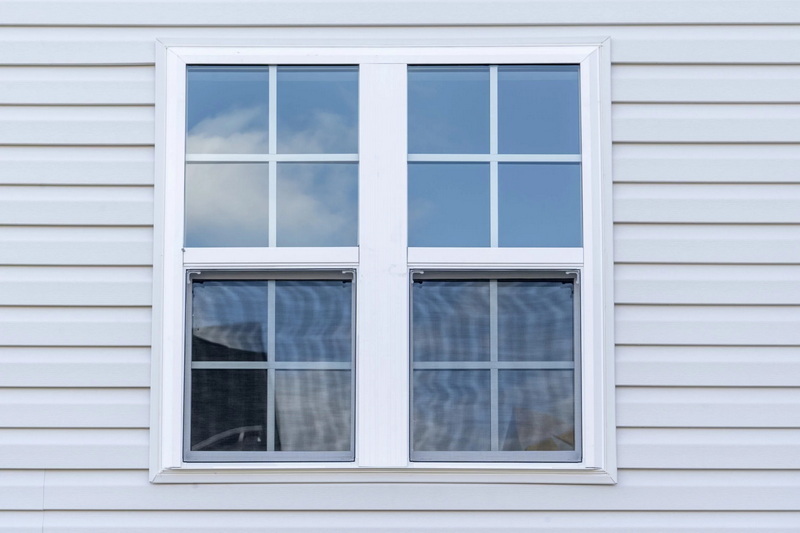English


Views: 222 Author: Tomorrow Publish Time: 2025-07-19 Origin: Site











Content Menu
● 1. Basic Performance Requirements for Transparent Parts of Exterior Windows
● 2. Selection of Frame Materials
● 3. Sealing Materials for Frame
● 4. Selection of Glass Spacer Bars
● 5. Design Requirements for Transparent Window Sections
● 6. Requirements for Airtightness, Watertightness, and Wind Pressure Resistance
● 7. Installation Requirements
The seven key requirements for windows and doors in Passive Houses (Passive Buildings) emphasize not only insulation and heat retention but also solar heat gain, daylight utilization, airtightness, waterproofing, wind pressure resistance, and installation methods to ensure extreme energy efficiency and indoor comfort without conventional heating.

- Glass thermal transmittance (U-value) ≤ 0.8 W/(m²·K)
- Solar heat gain coefficient (G) ≥ 0.35
- Selectivity coefficient $$ S = \frac{T_L}{g} \geq 1.25 $$, where $$T_L$$ is visible light transmittance and $$g$$ is solar heat gain coefficient (SHGC)
- Typically requires use of Low-E insulated glass or vacuum glass for optimized visible light transmission and infrared reflectivity, maintaining indoor temperature by reflecting infrared radiation and limiting heat transfer.
- Frame thermal transmittance $$ K \leq 1.3 \, W/(m^2·K) $$ per GB/T 8484 standard
- Usually wood or plastic frames are used for their insulation properties
- Frame surface temperature in winter must remain above dew point to prevent condensation
- Use triple durable sealing layers for airtightness
- Poor sealing leads to indoor condensation and loss of indoor thermal environment quality

- Use warm-edge spacer bars with good durability to prevent condensation
- Aluminum spacers common in China cause condensation and are discouraged
- Avoid excessive subdivision of glazing parts to reduce thermal performance degradation
- Larger, fewer panes facilitate mass production and reduce cost
- Complex subdivided units increase production cost and risk of unavailability of replacements if glass breaks
- Simple, clear pane designs as adopted abroad reduce these issues
- Must meet Chinese standard GB/T 7106:
- Airtightness grade ≥ 8
- Watertightness grade ≥ 6
- Wind pressure resistance grade ≥ 9

- Unlike conventional windows installed within the wall opening, Passive House windows are installed on the external side of the wall
- This method reduces heat loss by about 20%
- Installation uses a complete sealing system of waterproof breathable membrane, vapor barrier, and sealants to ensure airtight, waterproof connections
These strict requirements ensure that Passive House exterior windows and doors drastically reduce energy loss, maximize solar heat gain, provide ample daylight, and maintain indoor comfort with minimal or no active heating/cooling systems, achieving stable indoor temperatures of 20°C in winter without traditional heating systems.
Seven Requirements for External Doors And Windows of Passive Rooms
How Much Do You Know about The Design Standards for Aluminum Alloy Door And Window Dimensions?
Welding Vs Stainless Steel Fabrication: Understanding The Manufacturing Process Differences
Stainless Steel Fabrication Vs Powder Coated Steel: Durability And Cost Comparison
CNC Machining Vs Stainless Steel Fabrication: Pros And Cons for Industrial Use
Stainless Steel Fabrication Vs Carbon Steel Fabrication: Key Differences Explained
Stainless Steel Fabrication Vs Aluminum Fabrication: Which Is Right for Your Project?
Stainless Steel Grades 201 Vs 304: Cost Vs Performance Breakdown
316L Vs 316 Stainless Steel Grades: Which Is Better for Corrosion Resistance?
Comparing Austenitic Vs Martensitic Stainless Steel Grades: What You Need To Know?
